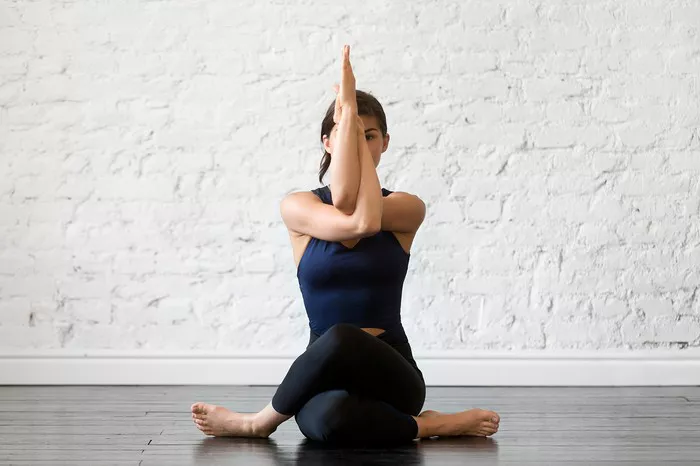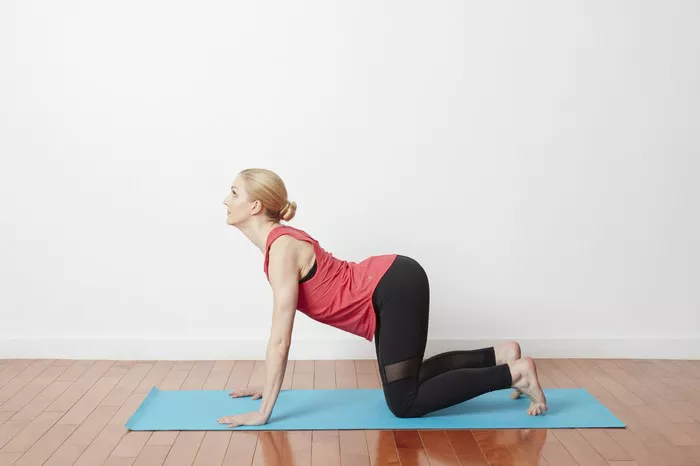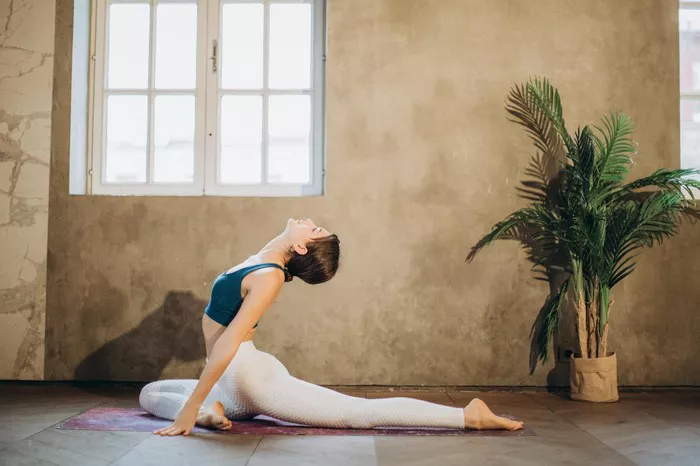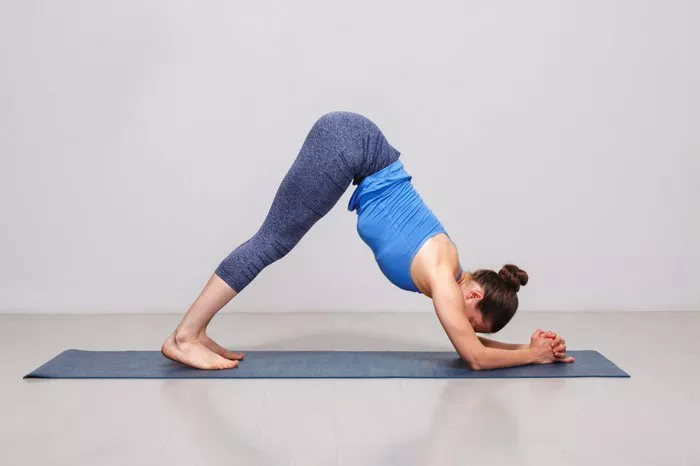In the bustling realm of modern-day wellness practices, yoga stands as a beacon of tranquility and holistic health. Among its diverse branches, Yin Yoga emerges as a gentle yet profound practice, offering a unique approach to cultivating inner harmony and physical well-being. But does this serene practice hold the same promise for beginners as it does for seasoned yogis? Let’s delve into the depths of Yin Yoga to discern its suitability for novices venturing into the world of mindful movement.
Understanding the Essence of Yin Yoga
Yin Yoga traces its roots to ancient Taoist philosophies, embodying the principle of Yin and Yang – the complementary forces of stillness and activity, darkness and light. In essence, Yin Yoga aims to target the body’s deep connective tissues, such as ligaments, tendons, and fascia, through passive and long-held postures. Unlike its dynamic counterpart, Yang Yoga, which focuses on muscular engagement and movement, Yin invites practitioners to surrender into poses, facilitating a profound release and restoration.
Accessibility for Beginners
One of the most enticing aspects of Yin Yoga for beginners is its accessibility. Unlike more vigorous forms of yoga, Yin doesn’t demand a high level of physical fitness or flexibility. This makes it an ideal starting point for individuals who may feel intimidated by the fast-paced nature of other yoga styles. The long duration of poses – typically held for three to five minutes or even longer – allows ample time for beginners to sink into each posture, explore their bodies, and gradually deepen their practice without strain or haste.
Cultivating Mindfulness and Awareness
Central to the practice of Yin Yoga is the cultivation of mindfulness and awareness. As beginners acquaint themselves with the subtleties of each pose, they are encouraged to observe sensations, thoughts, and emotions that arise without judgment. This meditative aspect of Yin serves as a gateway to self-discovery and inner peace, offering beginners a gentle introduction to the profound benefits of mindfulness practices. By learning to stay present amidst physical sensations, beginners can carry this newfound awareness off the mat and into their daily lives, fostering greater resilience and equanimity.
Promoting Relaxation and Stress Relief
In today’s fast-paced society, stress has become an omnipresent companion for many. Yin Yoga provides a sanctuary of serenity amidst the chaos, offering beginners a therapeutic refuge to unwind and release tension. The passive nature of Yin poses, coupled with conscious breathwork and relaxation techniques, induces a state of deep relaxation that soothes the nervous system and calms the mind. For beginners navigating the complexities of stress and anxiety, Yin Yoga serves as a gentle antidote, offering moments of respite and rejuvenation to counterbalance the demands of modern living.
Enhancing Flexibility and Joint Health
While Yin Yoga may appear deceptively gentle, its effects extend far beyond the surface level. Through sustained holds and gentle traction, Yin poses facilitate the release of deep-seated tension in the body, gradually enhancing flexibility and joint mobility. For beginners, this aspect of Yin Yoga holds particular allure, as it allows them to gently coax their bodies into greater suppleness without pushing beyond their limits. By nurturing the health and resilience of joints, ligaments, and connective tissues, beginners can lay a sturdy foundation for their yoga journey, paving the way for greater ease and fluidity in movement.
Fostering Self-Compassion and Acceptance
In a culture that often glorifies achievement and perfection, Yin Yoga offers a refreshing perspective centered on self-compassion and acceptance. As beginners navigate the nuances of each pose, they are encouraged to embrace their bodies with kindness and gentleness, honoring their unique limitations and capabilities. Unlike more goal-oriented forms of exercise, Yin Yoga invites practitioners to relinquish the need for external validation and instead cultivate an attitude of self-love and acceptance. For beginners embarking on their yoga journey, this shift in mindset can be profoundly liberating, fostering a sense of wholeness and self-worth beyond the confines of physical performance.
Balancing Yin and Yang Energies
In the ancient philosophy of Yin and Yang, balance is revered as the cornerstone of well-being. While modern life often tilts heavily towards the Yang – characterized by action, productivity, and stimulation – Yin Yoga offers a vital counterbalance, restoring equilibrium to body, mind, and spirit. For beginners, this balance is especially crucial, as they navigate the demands of daily life while seeking moments of repose and introspection. By incorporating Yin Yoga into their routine, beginners can harmonize the opposing forces within themselves, fostering a sense of holistic wellness that transcends the confines of physicality.
Conclusion
As beginners embark on their yoga journey, the gentle embrace of Yin Yoga beckons as a sanctuary of serenity and self-discovery. With its accessible nature, profound mindfulness practices, and therapeutic benefits, Yin Yoga offers beginners a nurturing environment to explore the depths of their bodies and minds with grace and compassion. Beyond the physical postures lies a journey of inner transformation, where self-awareness blossoms and self-acceptance flourishes. In the quietude of Yin, beginners find not only a respite from the chaos of the external world but also a pathway to profound healing and wholeness. So, let us embrace the journey, one breath at a time, as we unlock the serenity that awaits within the sanctuary of Yin Yoga.
FAQs:
Who should not practice yin yoga?
Yin yoga may not be suitable for individuals with certain medical conditions such as recent injuries, joint hypermobility, or osteoporosis. Pregnant women should also approach Yin yoga with caution and consult their healthcare provider before practicing.
What do I need to know before yin yoga?
Before starting Yin yoga, it’s important to understand that this practice involves long-held poses, typically targeting the deep connective tissues of the body. It’s essential to listen to your body and not push beyond your limits. Proper alignment and the use of props such as blocks and bolsters can help support your practice and prevent injury. Additionally, being aware of your breath and practicing mindfulness can enhance the experience and promote relaxation.
What happens if you do Yin yoga everyday?
Practicing Yin yoga daily can have several benefits, such as improved flexibility, reduced stress, and enhanced relaxation. However, it’s crucial to balance Yin yoga with other forms of exercise to maintain overall strength and mobility. Overdoing Yin yoga without incorporating other types of movement may lead to imbalances or overstretching of certain muscles. It’s important to listen to your body and give yourself rest days to prevent burnout or injury.























